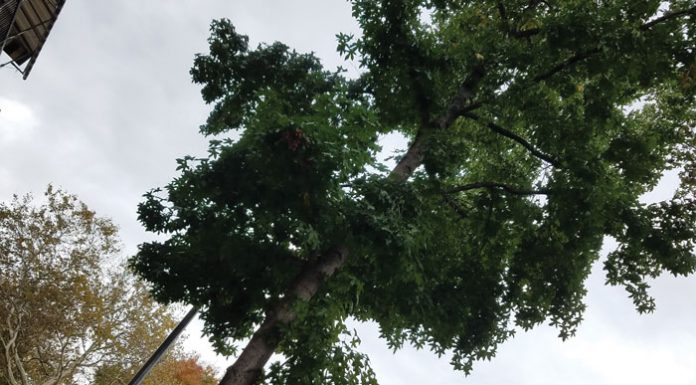I knew it would be difficult, but it never occurred to me that it would be close to impossible. I had, after all, rehearsed the scene many times in my mind. I’d even written about it in my memoir, playing out the anticipated experience in elaborate detail. But here I was, three years into the process, and still unable to take even the simplest action.
My mother passed away four years ago—at home, in her own bed, as she always hoped she would—on the ninth of Kislev, at the age of 97. Yet, as I’d long suspected, even a peaceful departure after a long and well-lived life provides no softening of death for those left behind, no lessening of its harsh finality. And, as I also realized, no matter how I might try to prepare for the moment, in the end, it was sure to take me by complete and awful surprise—which it most certainly did.
What I never expected, however, was to be so totally unprepared for the next step.
My mother lived in a condo a mile and a half from my own. When she was alive, I visited her several times a day. After she was gone, I couldn’t get past the front door alone. It was only in the company of a friend or a kind neighbor that I was able to go in every now and then and stay just long enough to make sure that her air conditioner was fending off mold and the roof hadn’t developed a leak.
For the next three years, the apartment sat frozen in time—Mom’s coffee cup still in the dish drain, the cards from her 97th birthday party piled on the dining room table, and the now-outdated coupons she was clipping for friends and neighbors sitting in a basket alongside her recliner.
Because my mother had such a complicated relationship with her possessions, the apartment was overflowing with things. And letting go of them was not a simple matter—not for her in her lifetime, and not for me now, so many years later.
Most of her belongings were caught in a complex web of past, present, and future, storing memories of what once was and holding hope—or concern—for what might someday be…like the set of fine china—service for 12—that, in its day, sat upon a starched white tablecloth on Seder night; and then, for decades afterwards, lay wrapped in plastic, waiting to be claimed by the first grandchild or great-grandchild, niece or nephew who would once again fill its bowls with homemade chicken soup and kneidlach. (And, still, it waits—now on a shelf in my closet.)
Then, there were the more personal items.
“I can’t part with these shoes,” my mother would say, as she cradled a pair of red high-heel pumps in her hands. “I danced in them at many special simchahs, although your father did think the color was a bit much… But they bring back so many beautiful memories. And they’re extremely comfortable—and very expensive to replace. If I give them away, it’s like saying that I don’t believe I’ll ever dance again. But if the sciatica in my back and the arthritis in my knee improve…why not? People in their 90s can still kick up their heels! I like to hold onto yesterday with one hand and reach for tomorrow with the other. It’s kept me going all these years.”
Well, it certainly seems to have worked in her case. And my mother applied this philosophy to every object that filled the space around her—which is, no doubt, why there were so many objects and so little space. Yet, now that the mantle had fallen to me, I was just as reluctant to let go of her things as she had been.





















